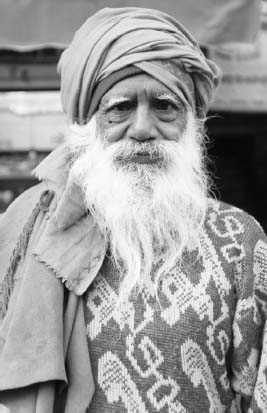HinduismLeadership, Authority, and Religious Roles |
What is the caste system? |
India’s ancient Hindu social system combines several complex elements. Perhaps best known are the four principal varnas or “social classes.” The term varna means “color or appearance.” As early as the Vedic period, the Brahmin or priestly class rose to the top of the social ladder. They were responsible for maintaining the integrity of ritual practice and traditional teaching. Nowadays are by no means all connected with priestly activities as such. One rung below the Brahmins are the Kshatriyas, “those who govern,” traditionally called the warrior or princely class. They have been the legislators as well as enforcers of the law. On the next lower rung are the more numerous merchants, financiers, agriculturalists, and industrialists who comprise the Vaishya class. As class designations the terms Kshatriya and Vaishya are now obsolete. Most numerous of all are the Shudras, the laborers and craftspersons who perform the basic services. Varna distinctions generally cut across language, occupational and geographical barriers.
In addition to the four varnas are the hundreds—perhaps even as many as four thousand—jatis. Jati means “birth or species” and refers to the countless local social groups defined by occupation and language. As many as twenty-five thousand additional groupings are called “sub-castes.” Members of both jatis and sub-castes generally associate themselves with one of the varnas, and many Indians still observe strict rules of purity and separation . Finally, between one and two hundred million people are considered outcastes, untouchables, or “unscheduled” classes, those who don’t fit in the great system. Since India gained independence the caste system has been officially illegal, but systems of such antiquity do not yield readily to legislation passed in capital cities.

A Indian Brahmin wears clothing indicating he is a member of the highest caste. (Paul Prescott / Shutterstock.com.)
